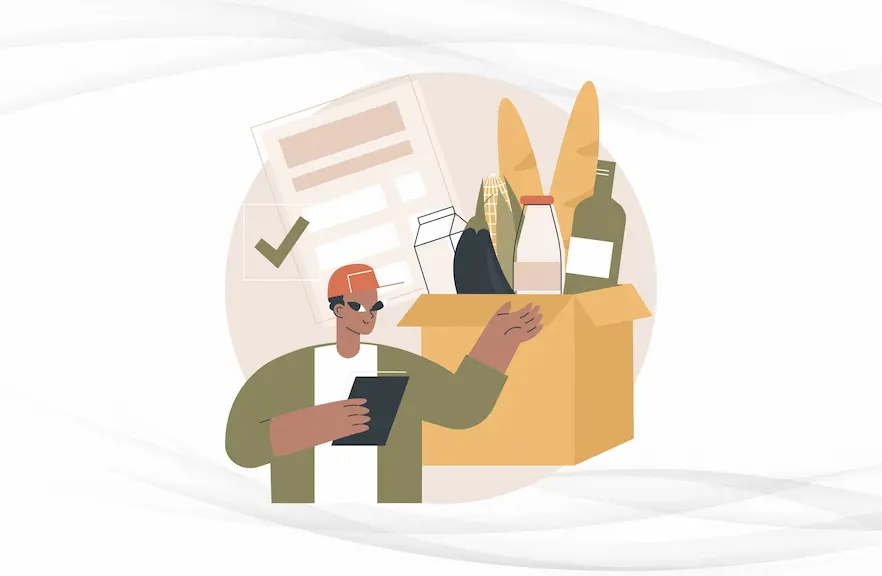Subscription business models have become increasingly popular in the retail industry, offering several benefits for the company and the consumer. With a retail subscription, customers can choose to receive regular shipments of their favorite products on a schedule that is convenient for them. This saves them time and effort and ensures they always have must-have items. Simultaneously, retailers enjoy a consistent revenue stream since customers are willing to pay a recurring fee to access products or services.
However, the retail subscription business can take time for retailers to manage, particularly in a crowded and competitive market. One of the main challenges is attracting and retaining subscribers, which requires a compelling value proposition and effective marketing strategies. Another challenge is setting up systems and processes to serve customers in a way that complements their preferences and needs. This can be a daunting task for retailers, requiring careful planning and execution to ensure customers are satisfied and loyal.
Additionally, one significant challenge retailers face in the post-pandemic period is an increase in the number of consumers unsubscribing as they become more focused on the value they receive from their subscriptions. Many consumers may have been motivated to subscribe to retail programs during the pandemic for convenience. Still, with increasing inflation, consumers have started re-evaluating their priorities and are more focused on the value they receive from their subscriptions. Retailers need to be prepared for this shift in consumer behavior and be ready to adapt their subscription offerings to meet the changing needs and preferences of their customers.
Data and analytics can help retailers address the challenges of running a retail subscription business by enabling them to understand better and serve their customers, optimize their operations, and improve their financial performance. By collecting and analyzing customer behavior, preferences, and needs, retailers can create more targeted and personalized marketing campaigns and subscription offerings, which can help attract new subscribers and retain existing ones.
Data and analytics can also help retailers to optimize their pricing and billing strategies, streamline their customer service processes, and manage large volumes of data generated by their subscription programs. As a result, retailers can gain a competitive advantage using data and analytics and drive long-term growth and success. To help retailers get the most value out of retail subscriptions, companies need to prioritize three key areas:
- The product
- The pricing of subscriptions and products
- Personalizing experiences of the subscribers
By focusing on these areas, companies can ensure that their subscription programs are successful and beneficial for the business and its customers.
Personalize the Experience
Personalizing the customer experience in a retail subscription program can help improve customer satisfaction and loyalty. Content-based recommendations and collaborative filtering have been used frequently to personalize the customer experience for retail subscription services. For content-based recommendations, companies use product information based on previous purchases or the customer’s view to recommending similar products.
The collaborative filtering recommendations use information about other customers with similar interests who had purchased the products to provide recommendations. Using both techniques, retailers can provide customers with a wide range of personalized recommendations based on their interests and past purchases, which can help increase customer engagement and encourage them to buy more.
Product Differentiation
Retailers can use customer data and analytics to ensure they have the right products in stock to meet their customers’ needs and preferences. By analyzing customer data, retailers can gain insights into the products their customers are most interested in and ensure they have sufficient inventory to meet the demand.
Retailers can also use analytics to track customer satisfaction with their products over time and identify areas where they can improve their product offerings. Also, retailers can focus on critical areas to drive more sales and improve their overall product offerings by using the insights gained about what factors drive customer purchases and what customers like about the products they buy.
Additionally, retailers can use customer data and analytics to identify trends in customer behavior and predict what changes are happening in the market. By understanding these trends, retailers can fine-tune their product and marketing strategies to meet their customers’ changing needs and preferences.
Value Perception
Retailers can use data and analytics to help plan and optimize their pricing strategies for subscription products. By analyzing factors such as market demand, competition, and customer preferences, retailers can determine the most effective pricing for each tier of their subscription offerings. In addition, retailers can use pricing experimentation techniques such as A/B testing to modify their pricing strategies and identify the optimal price point for their products.
Customers increasingly seek tailored offers designed to meet their needs and preferences. Retailers can use customer data to develop customized bundles and promotions that will likely appeal to these customers. By offering bundled products and services based on the customers’ buying preferences, retailers can increase the overall value of the purchase and drive sales. Ultimately, the goal is to find the right balance between offering value to customers and ensuring that the retailer can generate a profit.



